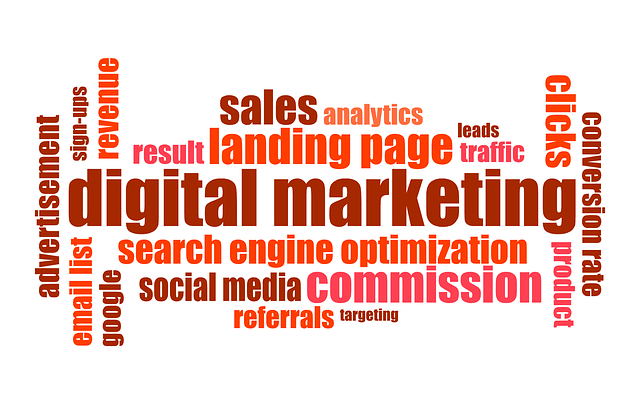AI data analytics tools for restaurant trends are transforming the hospitality industry by predicting customer preferences, optimizing inventory management, and enhancing overall operational efficiency. These solutions leverage historical and real-time data to forecast peak dining periods, identify popular dishes, and tailor marketing campaigns. By streamlining processes from customer service to kitchen operations, AI enables personalized experiences, boosts satisfaction, and drives business growth. Key Performance Indicators (KPIs) should encompass both financial metrics like average order value and table turnover rate, as well as operational efficiency measures such as kitchen throughput and ingredient waste reduction.
In today’s competitive landscape, Artificial Intelligence (AI) is transforming business operations, especially in the culinary sector. This article explores how AI data analytics tools are revolutionizing restaurant management. We delve into strategies such as harnessing AI for trend prediction, streamlining kitchen efficiency, and enhancing customer service. Additionally, we discuss essential metrics and key performance indicators (KPIs) to measure the success of AI-optimized restaurant operations, ensuring a competitive edge in the market.
- Harnessing AI Data Analytics for Restaurant Trend Prediction
- Streamlining Operations: From Kitchen Management to Customer Service
- Measuring Success: Metrics and KPIs for AI-Optimized Restaurants
Harnessing AI Data Analytics for Restaurant Trend Prediction

In the competitive landscape of the food industry, restaurants are continually seeking ways to stay ahead of the curve. Leveraging AI data analytics tools for restaurant trends has emerged as a powerful strategy to gain insights and make informed decisions. By analyzing vast amounts of historical and real-time data, these advanced analytics solutions can predict customer preferences, identify popular dishes, and even forecast peak dining periods. This predictive capability enables restaurateurs to optimize their menus, enhance inventory management, and tailor marketing campaigns for maximum impact.
Moreover, AI data analytics tools offer a comprehensive view into operational inefficiencies. They can uncover trends in customer behavior, staff performance, and sales patterns, allowing restaurants to streamline processes and allocate resources more effectively. For instance, identifying slow periods can lead to strategic adjustments in staffing levels, while understanding popular meals can drive targeted promotions and increase revenue. With AI-driven insights, restaurants are empowered to deliver personalized experiences, enhance overall guest satisfaction, and ultimately drive business growth.
Streamlining Operations: From Kitchen Management to Customer Service

In today’s digital age, Artificial Intelligence (AI) is transforming various sectors, and none more so than the hospitality industry. AI data analytics tools are revolutionizing restaurant operations by providing valuable insights into customer behavior, menu trends, and kitchen efficiency. By leveraging these AI-driven solutions, restaurants can streamline their processes from start to finish. For instance, predictive analytics can anticipate customer demands, ensuring optimal inventory management and minimizing food waste.
Furthermore, AI enhances customer service through chatbots and virtual assistants that handle initial inquiries, take orders, and even provide personalized recommendations. This not only speeds up service but also allows staff to focus on delivering an exceptional dining experience. From kitchen management to customer interaction, AI is the secret ingredient in the pursuit of operational excellence, ensuring restaurants stay competitive and meet the evolving expectations of their patrons.
Measuring Success: Metrics and KPIs for AI-Optimized Restaurants

Measuring success in AI-optimized restaurants involves a strategic approach that goes beyond mere profit margins. Key Performance Indicators (KPIs) should capture the full spectrum of improvements driven by AI data analytics tools for restaurant trends. This includes customer satisfaction metrics such as average order value, table turnover rate, and repeat visit frequency. By analyzing customer interactions and preferences through AI, restaurants can personalize menus, offer targeted promotions, and enhance the overall dining experience.
Additionally, operational efficiency KPIs like kitchen throughput, ingredient waste reduction, and labor utilization should be monitored. AI algorithms that predict demand and optimize staffing levels can significantly reduce human error and overhead costs. Through intelligent inventory management and supply chain optimization, AI data analytics tools for restaurant trends also help in minimizing food waste, further bolstering sustainability efforts and bottom line health.
AI data analytics tools have revolutionized restaurant operations, from predicting culinary trends to enhancing customer service. By leveraging these advanced tools, restaurateurs can streamline processes, optimize efficiency, and deliver exceptional dining experiences. Through meticulous analysis of customer behavior, market dynamics, and operational metrics, AI empowers businesses to make informed decisions, stay ahead of the competition, and achieve long-term success in a dynamic industry.
